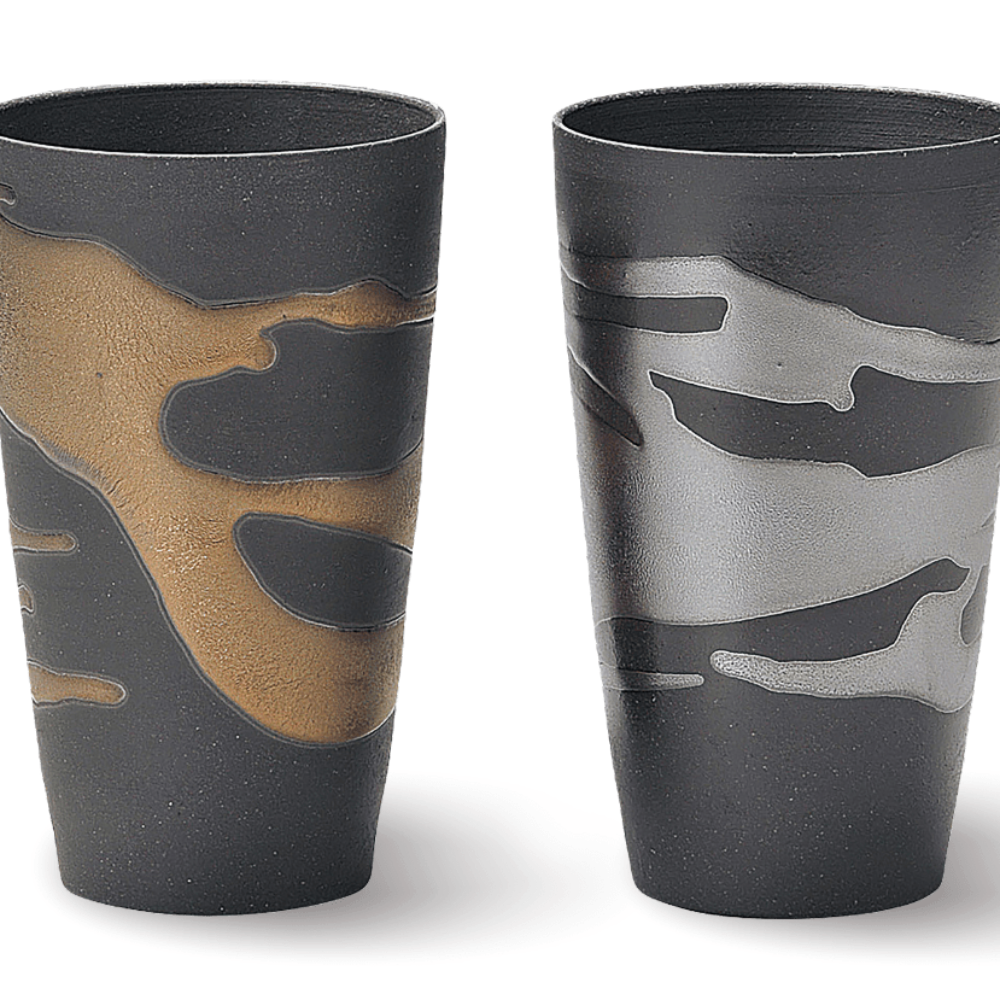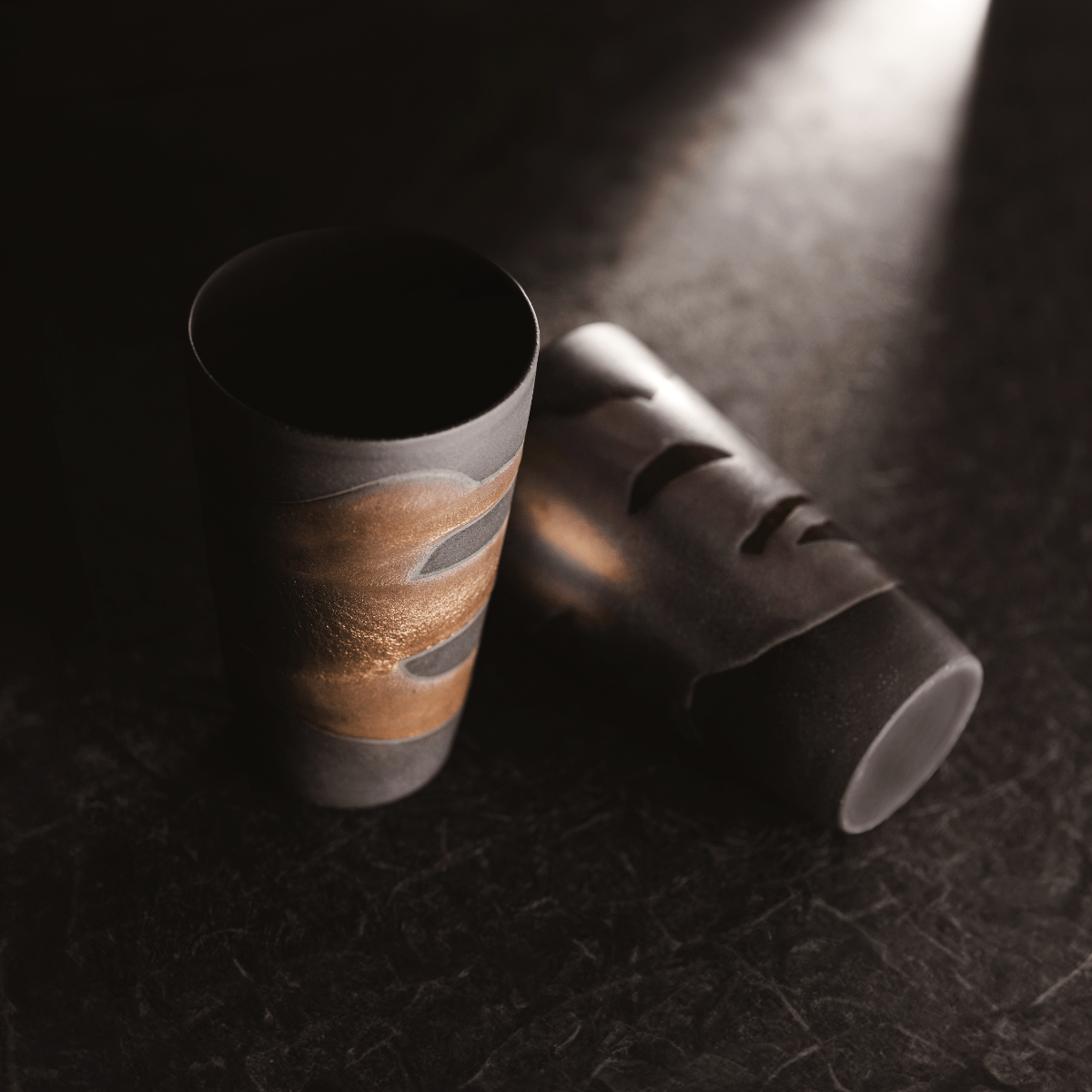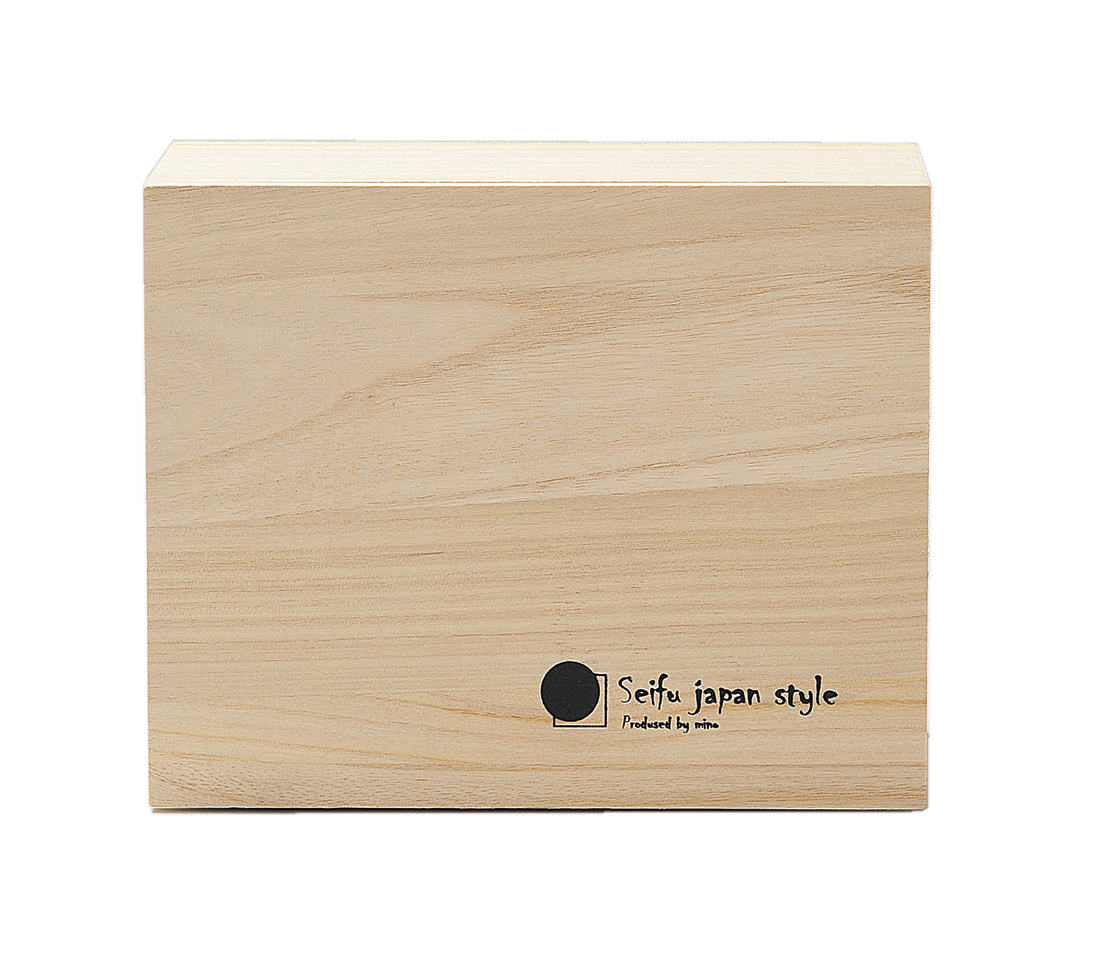



Gold and Silver Beer Cup
Fast & Secure Delivery from Japan to your Door [Shipping Policy]
Shop Safely with Encrypted Checkout and Verified Gateways.
Pairs well with

Gold and Silver Beer Cup
Where Artistry Meets Refreshment – Handcrafted Beer Cups with Soul
This is more than drinkware—this is design with presence. The Gold and Silver Beer Cup Pair draws inspiration from geological forces and flowing metal, expressed through a sculptural silhouette and a textural, high-contrast surface. Every swirl of glaze is slightly different, ensuring that no two pieces are exactly alike—just as nature intended.
This is the product of Kinsho Kiln, these cups offer a tactile matte finish that feels grounded in the hand, with a slightly coarse exterior that contrasts beautifully with the smooth interior. The slender vertical shape helps retain carbonation, making it ideal for beer or sparkling beverages, while the wide mouth enhances aroma and enjoyment.
The accompanying wooden box adds an extra layer of elegance—light, natural, and quietly luxurious—making this an ideal gift for weddings, birthdays, or ceremonial occasions.
Product Information
Material
Care instructions
Maker
Note
FAQs
All you need to know about Japanese Pottery.
What types of traditional pottery are made in Japan?
Japan is home to several renowned pottery styles, including Mino ware (Gifu), Bizen ware (Okayama), Arita and Imari ware (Saga), Shigaraki ware (Shiga), and Mashiko ware (Tochigi). Each region has its own distinct materials, glazes, and firing techniques that reflect local history and aesthetics. Toki City in Gifu Prefecture is particularly renowned as the heart of Mino ware (Minoyaki)—the most widely produced pottery style in Japan.
What materials are used in artisan Japanese pottery?
Most artisan pottery in Japan is made from locally sourced clay, often mixed and refined by hand. Natural minerals and ash are used in glazes, and many pieces are wood-fired or fired in traditional climbing kilns (noborigama), producing unique surface textures and natural variations.
Are artisan Japanese pottery pieces safe for food use?
Yes. Authentic artisan pottery is made with food-safe, lead-free glazes and is carefully fired at high temperatures to ensure durability and safety. However, it's important to follow care instructions, especially for unglazed or porous ceramics.
What makes Japanese pottery different from Western ceramics?
Japanese pottery often emphasizes wabi-sabi—the beauty of imperfection—resulting in organic shapes, subtle asymmetry, and natural glazes. Unlike Western ceramics, which may prioritize uniformity, Japanese pieces often celebrate the individuality of each item, reflecting the artist's hand and the firing process.
How should I care for artisan-made Japanese pottery?
Hand-wash pottery with mild soap and avoid extreme temperature changes (like placing hot items into cold water). Some unglazed pieces may absorb moisture, so allow them to fully dry before storing. Avoid microwaves or dishwashers unless the piece is specifically labeled as safe for such use.
Do I need to season Minoyaki cups before using them?
For most Minoyaki cups, especially if they are fully glazed, seasoning is not required. However, if the cup has an unglazed interior or base, or a slightly porous finish, a simple seasoning process—known as medome—can help prevent stains, odor absorption, and hairline cracks over time.
To season a Minoyaki cup:
1. Rinse the cup gently with water (no soap).
2. Fill a bowl or pot with warm water and add a small spoonful of cooked rice or flour.
3. Submerge the cup and let it soak for 30–60 minutes.
4. Rinse again and let it air-dry completely.
This step helps fill microscopic pores in the ceramic, sealing the surface naturally and extending the life of your handcrafted piece. Always follow any care instructions provided by the maker.

